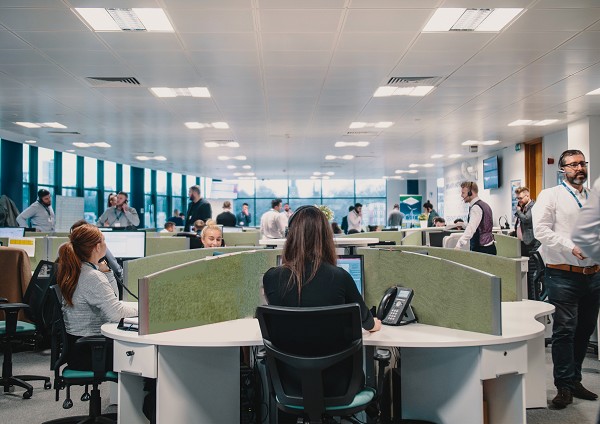10 Steps To Cut Business Energy Costs

Running your own business can be difficult. It can be even more difficult when you consider how many costs you’ll run into when you’re starting up. Salaries, benefits, products, rent, and much more besides – these factors will impact your budget and you’ll have to take them in your stride if you want your business to succeed. However, what many people don’t consider, is the cost of energy and efficiency on your business operation.
Utilities such as electricity and gas can be costly too, especially if you’re an energy-intensive business. To reduce your energy costs, you could consider a number of factors.
Some essential tips come from the way you are already choosing to operate. Go through the list of questions below and consider the answers you come up with. Many are surprised that what they do on a day-to-day basis for their business can actually have a great influence over their energy costs.
- How often are lights on in your business?
- How long are the lights on for?
- Is the heat always on during the winter?
- Is the air conditioner always on during the summer?
- Are you doing anything already to eliminate the need for a heater or AC unit?
These questions are the essentials that business owners should be asking themselves when they are looking to change the way they spend on energy.
Here are 10 simple business energy saving measures you can implement to help reduce business energy costs:
- Establish Energy-Efficient Routines:Try your best to only use excess energy during the low or off-peak times. Encourage your employees to follow this same model and see how energy usage decreases with more initiative.
- Energy Audit:Instruct specialists to conduct an energy audit of your premises. Northern Gas and Poweroffer an energy audit service to ensure that you are using energy efficiently. Give us a call and see if we can help you identify areas to save on cost, consumption and carbon.
- Replace Bulbs with CFLs (compact fluorescent lamp): CFL and LED lights consume less power and offer much longer lifespans. Commercial lights can even reduce energy consumption by up to 75% and increase the lifespan of your fixtures by 2-3 times. On top of the benefits, you will realise by converting to LED (or CFL), you could also save a lot by replacing the luminaire only instead of the entire fixture. This is also known as retrofitting, which can be virtually be done in any existing fixture with any lighting technology. By retrofitting, you will reduce costs by cheaper light costs along with easier installa-tions.
- Use Sleep Modes:Sleep modes on laptops and desktops allow you to save your existing work as it is, and you can continue from the same point the next day. Schedule your workstation to switch to sleep mode after working hours and during weekends.
- Reduce Paper Wastage: Print only when necessary. This will not only reduce paper wastage but also helps to cut the energy required to run the printer, which in turn reduces your energy cost and makes your printer last longer.
- Switch Off Equipment:Make sure that you switch off all printers, scanners, microwaves, lights, air conditioners, coffee vending machines during weekends or holidays. They continue to draw power even if they are plugged in. Switching them off after working hours will conserve energy and reduce your energy bill.
- Invest in Energy-Efficient Devices:Energy-efficient devices cost more upfront, but over years of use, they’re going to save you money. This holds true for any equipment that runs on electricity – spending a little more can result in significant savings over the years.
- Invest in Adjustable Thermostats:An adjustable thermostat has the capability to automatically adjust the temperature of your workplace when no-one is working. Place the thermostat away from drafts, direct sunlight and mechanical equipment such as photocopiers, computers etc. Less use of air conditioning by opening a window or building a door for natural airflow can result in sig-nificant savings for your business.
- Control the Temperature: Controlling the room temperature is crucial to saving money on your energy bill. It is recommended to cool your environment to 25ºC in summer and heat it to 20ºC in winter for optimal energy savings. Every 1-degree increase in thermostat setting in winter will use 15% more energy. Every 1-degree decrease in summer will use 10% more energy. There’s also no point heating or cooling an area that is rarely used, such as storage rooms, cleaning rooms etc.
- Draught Control:Small draughts can result in businesses losing substantial portions of their heating and cooling costs. Proper air sealing of the work environment can eliminate those draughts.



































